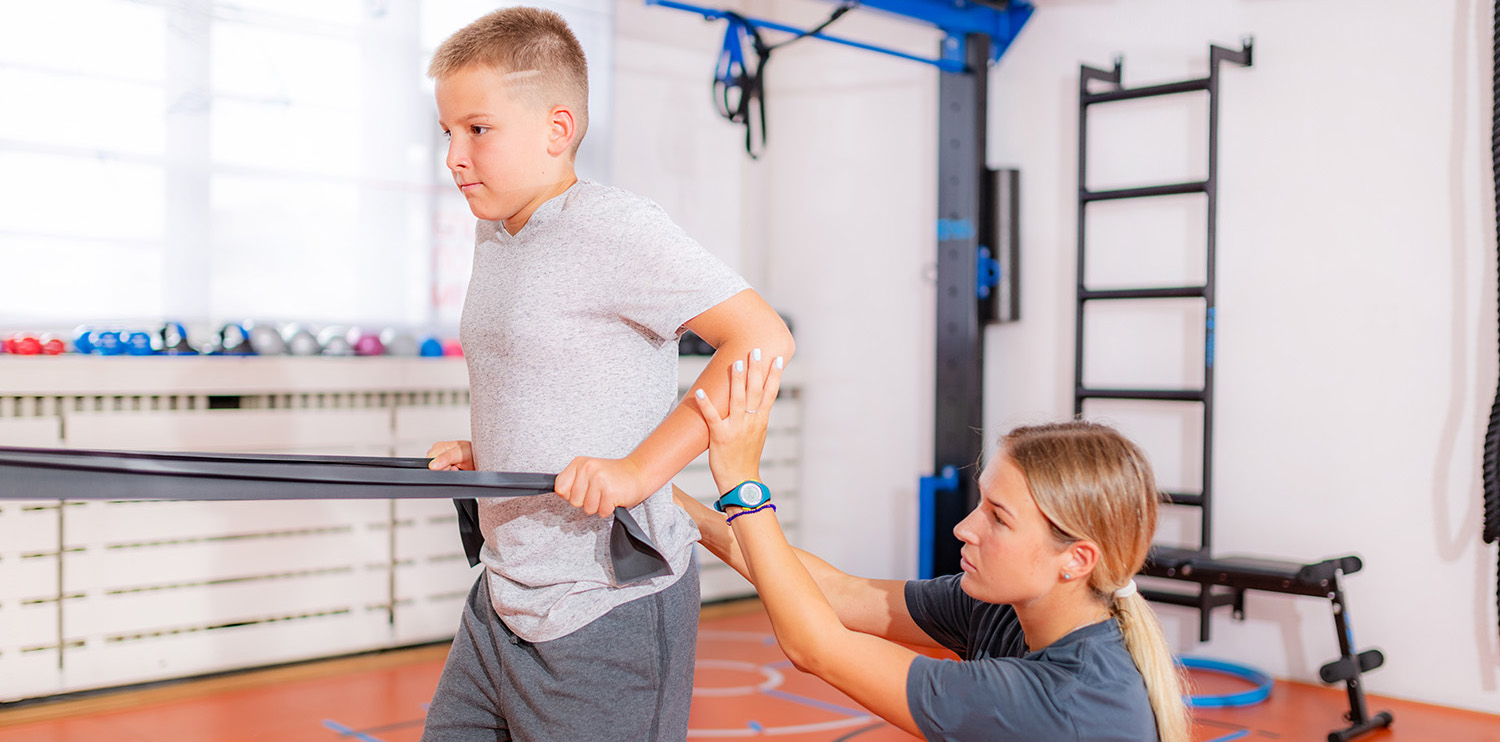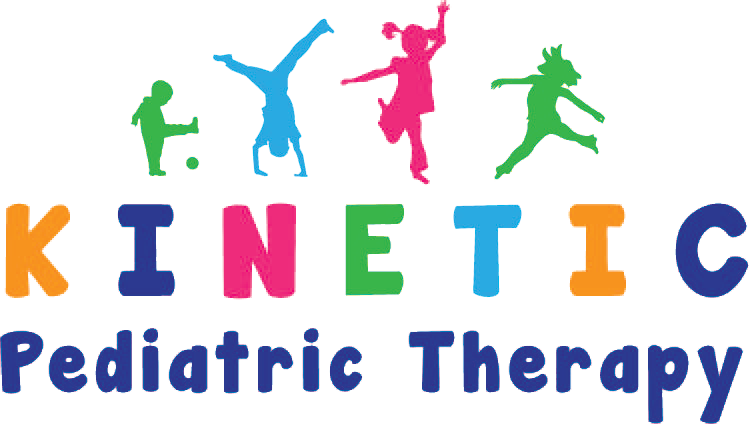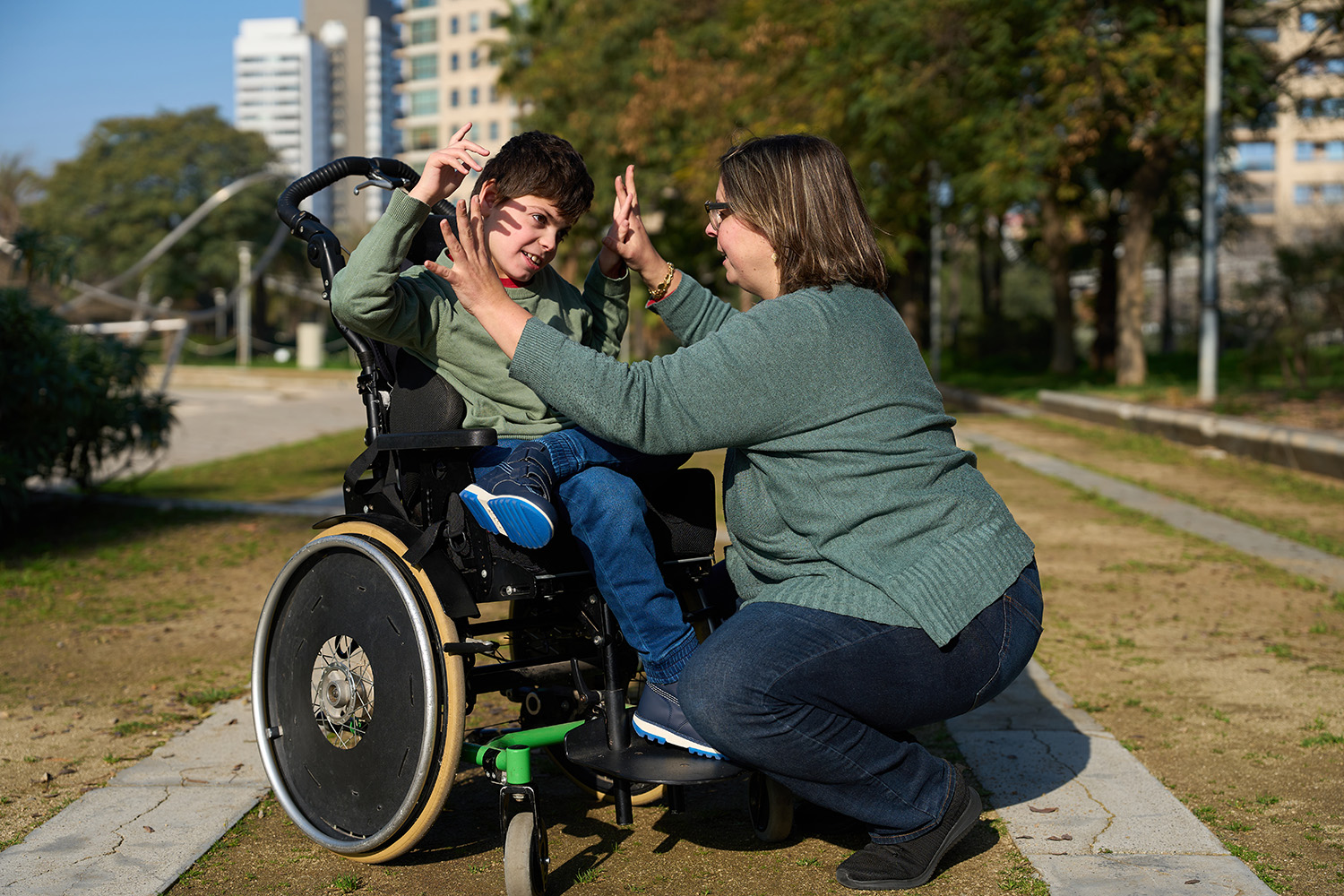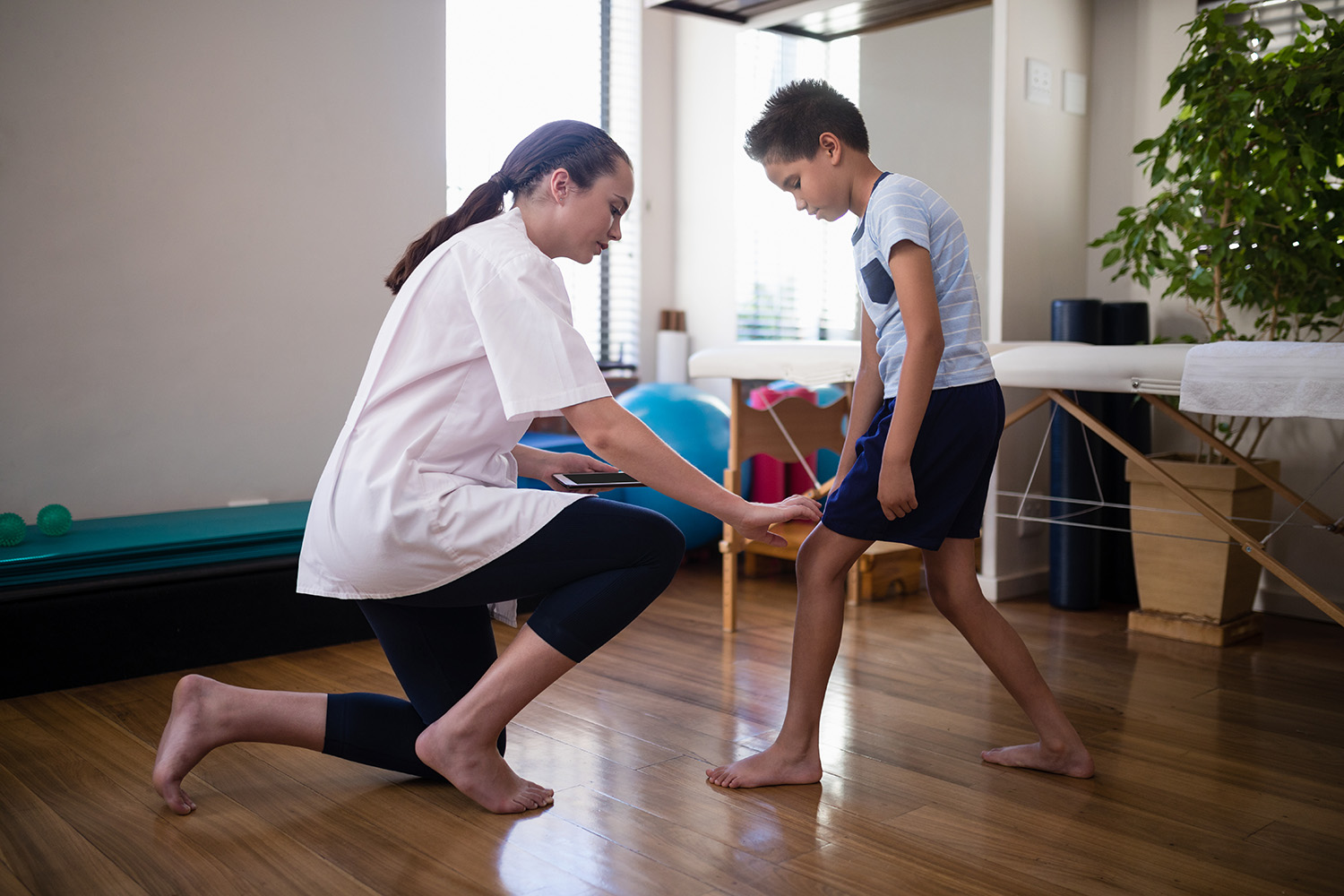
Using Contract Physical Therapy Services to Reduce Classroom Fatigue in Students with Physical Challenges
Reduce Classroom Fatigue: How Physical Therapy Enhances Learning and Participation
Efforts to reduce classroom fatigue in students with physical challenges are crucial for fostering an inclusive and productive learning environment. Fatigue, discomfort, and physical strain can significantly limit a child’s ability to focus, retain information, and participate fully in classroom activities. Contract physical therapists working within school systems play a vital role in identifying the root causes of fatigue and implementing targeted strategies to help students stay energized, comfortable, and engaged throughout the school day.
Understanding the Impact of Physical Challenges on Learning
Students with physical disabilities, neuromuscular conditions, or poor postural control often experience fatigue much faster than their peers. Simple activities such as sitting upright, writing, or moving between classes can be physically taxing, especially over extended periods. When these challenges are not addressed, students may struggle to keep up with academic demands. Reduce classroom fatigue strategies supported by school-based physical therapy services provide essential interventions to ensure that physical limitations do not hinder educational potential.
Reduce Classroom Fatigue Through School-Based Physical Therapy
One of the most effective ways to reduce classroom fatigue is through the integration of school-based physical therapy services. A contract physical therapist evaluates a student’s physical capabilities, endurance levels, and classroom setup to determine how best to reduce energy expenditure throughout the day. They then implement customized exercises, positioning recommendations, and movement strategies to help students maintain energy and stay engaged in learning tasks.
How Physical Therapists Identify and Address Fatigue Triggers
To effectively reduce classroom fatigue, contract physical therapists start by conducting comprehensive assessments. These evaluations look at posture, muscle tone, joint stability, and endurance. Common fatigue triggers include poor seating alignment, inefficient movement patterns, and lack of physical conditioning. Once identified, the physical therapist designs a plan tailored to the student’s needs, including adaptive seating, targeted stretches, or scheduled movement breaks to minimize discomfort and maximize focus.
Postural Support as a Fatigue Prevention Strategy
Maintaining an upright posture throughout the school day can be especially challenging for students with low muscle tone or spinal misalignments. Over time, poor posture leads to fatigue and decreased concentration. A physical therapist can recommend postural supports such as wedge cushions, footrests, or adaptive desks to promote better alignment. These adjustments help students conserve energy and reduce strain, contributing significantly to efforts to reduce classroom fatigue.
Incorporating Movement Breaks to Re-Energize Students
Another critical way to reduce classroom fatigue is by incorporating movement into the student’s daily routine. Contract physical therapy services often include the recommendation of movement breaks that are short, purposeful, and tailored to the student’s specific needs. These may involve stretching, walking, or light aerobic activity. Movement breaks help improve circulation, increase alertness, and prevent stiffness—allowing students to return to their desks refreshed and ready to learn.
Custom Exercise Programs for Endurance Building
For students who fatigue easily due to low endurance or muscle weakness, school-based physical therapy can offer individualized strength and conditioning programs. These exercises are designed to gradually build stamina, making everyday classroom tasks less taxing. Whether it’s improving trunk control to sit upright longer or increasing lower limb strength for better transitions between activities, these targeted interventions help reduce classroom fatigue and increase participation.
Adaptive Tools and Techniques to Conserve Energy
In addition to physical conditioning, physical therapists introduce adaptive tools to help students complete tasks more efficiently. Pencil grips, slant boards, and lightweight materials can all decrease the physical effort required for writing or reading. Proper ergonomics can reduce neck and back strain, minimizing fatigue throughout the school day. These tools are strategically recommended as part of a larger plan to reduce classroom fatigue through energy conservation.
Collaboration with Teachers for Classroom Success
Effective communication between physical therapists and teachers is essential when creating plans to reduce classroom fatigue. Therapists may work directly with teachers to adjust lesson pacing, schedule breaks, or provide cues for repositioning. This collaboration ensures that strategies are implemented consistently and successfully, integrating therapeutic goals seamlessly into the classroom environment.
Training Students in Self-Regulation and Awareness
A long-term strategy to reduce classroom fatigue involves teaching students how to recognize signs of physical exhaustion and take appropriate actions. Through guided sessions, a physical therapist can help students identify when they need a break, how to request assistance, or how to use self-calming and repositioning techniques. These skills empower students to become more independent and advocate for their physical well-being throughout the school day.
Reducing Fatigue to Improve Cognitive Performance
There is a direct link between physical comfort and cognitive performance. When students are physically fatigued, it becomes harder to focus, process information, and retain new material. By addressing fatigue at its source, contract physical therapy helps improve attention span, behavior regulation, and academic outcomes. This makes the decision to reduce classroom fatigue not only a therapeutic concern but a crucial educational priority.
The Vital Role of Physical Therapy in Reducing Classroom Fatigue
Efforts to reduce classroom fatigue should be a key focus of every inclusive education program. Contract physical therapists bring essential knowledge and support to ensure that students with physical challenges can learn, grow, and succeed without being held back by avoidable fatigue and discomfort. From posture support to customized exercise routines and adaptive equipment, these professionals empower students to stay energized, engaged, and excited about learning. By integrating physical therapy into the classroom experience, schools create a learning environment where every student has the physical foundation needed to thrive.
🏃♂️ Help your students reach their full potential with expert Pediatric Physical Therapy! Kinetic Pediatric Contract Therapy offers tailored physical therapy services to schools across North Carolina, helping children improve their strength, mobility, and coordination. Our dedicated therapists work one-on-one with students to ensure they have the tools they need to succeed both in the classroom and in life. 🌟 Empower your students with the support they deserve—bring our Pediatric Physical Therapy services to your school today and promote their physical well-being and growth!
Please Share




